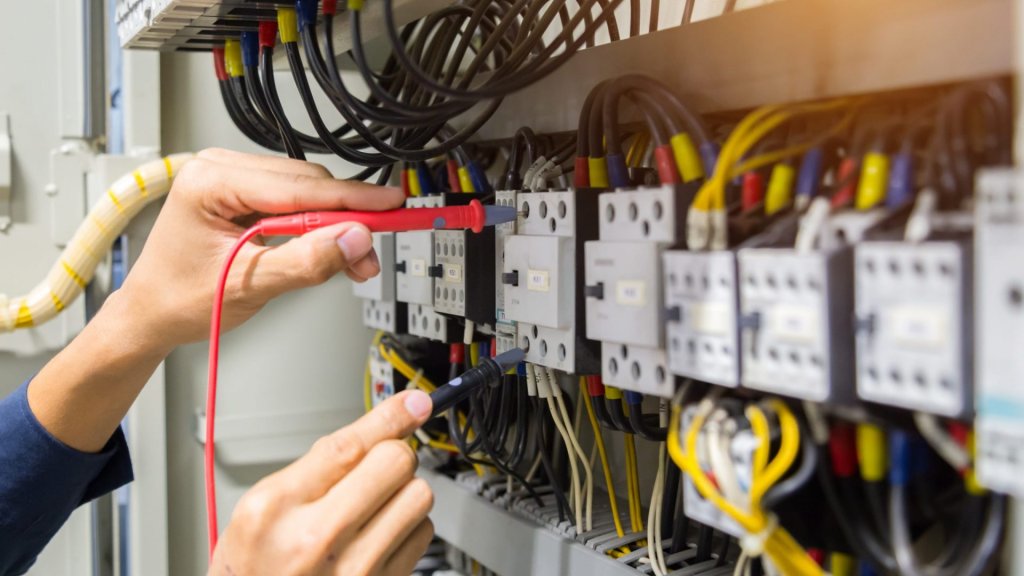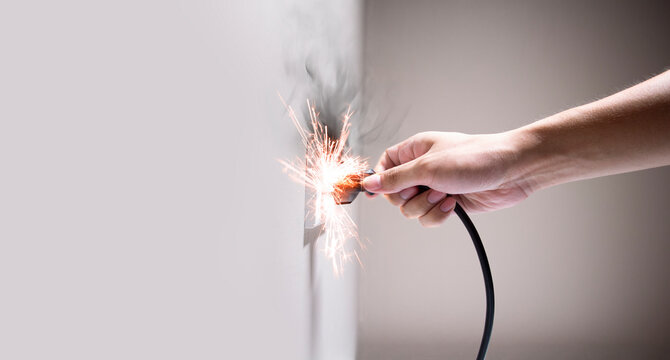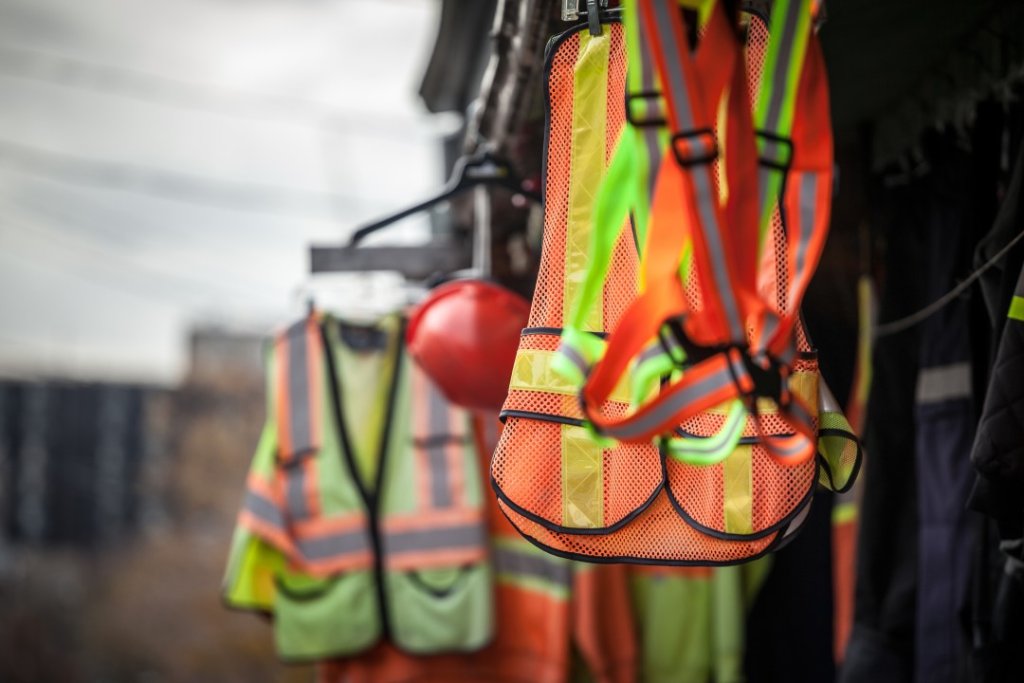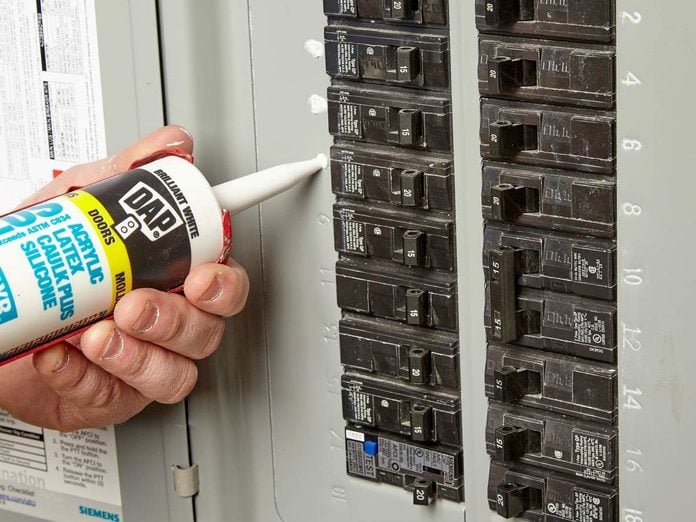With current trends and the explosion of digital culture, the do-it-yourself (DIY) movement has been gathering momentum. Homeowners everywhere are adopting a hands-on approach to home improvement tasks, influenced immensely by numerous blogs and endless YouTube tutorials.
However, electrical work isn’t something to be casual about or taken lightly, requiring a level of respect for the serious and insidious hazards presented by electricity. It’s essential to remain cognisant of the facts about electrical safety at home.
What this article aims to achieve is to offer readers a profound understanding of household electricity, pinpoint prevalent hazards, and formulate effective strategies for safe DIY electrical work.
Additionally, it will discuss when it’s time to seek professional electrical maintenance services, ensuring safety always remains the overriding priority.
Understanding the Basics of Home Electricity

The electrical setup at home, an ingenious web of power lines, wires, and intricate circuits, accommodates your everyday comforts and necessities.
As a layman, it can seem daunting to comprehend the complexities of household electricity, but understanding its core concepts are easier than presumed and a fundamental first step to safe, confident DIY.
By its simplest definition, electricity is the movement of electrons from one atom to another, resulting in energy. At home, electricity finds myriad expressions; it lights up your abode, powers appliances, charges devices, heats water and plenty more.
To better understand this ubiquitous power source, one must familiarise themselves with the concepts of voltage (the difference in electric potential energy), current (the rate at which electricity flows), and power (the rate at which electrical energy is transferred by a circuit).
Various typical problems around the house surface from time to time, such as power surges caused by lightning strikes or damaged power lines, intermittent drops in the electrical supply, circuit overload due to excessive demand for power, or broken outlets and switches.
A basic understanding of these issues aids in distinguishing between trivial irritations and grave risks, thus preempting potential hazards associated with DIY electrical work.
Common Electrical Hazards in Homes

At home, numerous elements could transgress into potential electrical hazards. Faulty or outdated wiring is a significant offender.
Much like many physical entities, wiring ages and fails over time. Incorrectly installed or antiquated wiring can invariably lead to various unwanted consequences – from fire breakouts, power outages, to more severe risks of serious electrical shocks.
Water and electricity form a particularly lethal combination. Water acts as an excellent conductor of electricity, and so an instance of any electrical device or outlet getting wet immediately raises alarm bells. It could instantly transform into a dangerous safety hazard, carrying the potential of electrocution or fire.
Another substantial area of concern is overloaded circuits that can cause overheating of electrical components and subsequently fires.
Similarly, dated and worn-out electrical systems, not designed to cope with the higher electrical demand of modern households, are ticking time bombs, ready to explode into destructive hazards if not dealt with timely and appropriately.
It’s crucial to note that even seemingly minor electrical issues can pose significant risks if not addressed correctly. In such instances, consulting professional electrical maintenance services is highly recommended.
These professionals possess the expertise and experience necessary to diagnose and rectify electrical problems safely and efficiently, ensuring long-term safety and peace of mind for your home and family.
PPE: Your First Line of Defence

Before embarking on any DIY electrical work, remember to equip yourself adequately with Personal Protective Equipment (PPE). Your safety kit should comprise insulated gloves, safety goggles, flame-resistant clothing, durable footwear, and ear protection gear.
PPE isn’t just a matter of formality or something to take lightly. Think of it as a form of insurance against potential mishaps and accidents.
Proper PPE can shield you from injuries resulting from electrical shocks or burns, particularly safeguarding your eyes and hands which invariably come into contact with various electrical components during DIY tasks.
Key Strategies for Safe DIY Electrical Work

The preliminary step before commencing any DIY electrical work is always to disconnect the power supply.
This action halts the electric current and instantly renders the environment safe. This principle applies to seemingly simple undertakings like changing a light bulb to more challenging tasks like fixing a switch; having the power disconnected is your best bet every time.
The next crucial factor in facilitating safe DIY electrical work is the availability of the right set of tools. Much like a chef cannot whip up his signature dish without precise utensils, you cannot expect to perform your electrical DIY efficiently and safely without appropriate tools.
Seek tools that are rated for electrical work and offer the advantage of insulation, as they establish an extra layer of protection while enhancing your work proficiency.
It’s equally crucial to keep a cool head during the DIY process. You may have prepared by watching multiple tutorials and reading comprehensive guides, but dealing with actual electrical work often throws up unexpected difficulties. The key is not to panic but to reassess and re-strategise as needed.
When to Call a Professional Electrician

A strong promoter of DIY that you might be, there will invariably be situations when a professional should step in. Persistent circuit breakouts, unexplainable power outages, complex electrical installations, and upgrades – these are instances that warrant the expertise of a professional electrician.
Additionally, if you encounter any issues beyond your skillset or you are unsure about the safety of tackling a particular task, it’s always advisable to err on the side of caution and seek professional electrical maintenance services.
Your safety and the prevention of irreparable and expensive damage to your home should always take precedence.
Choosing an adept and trustworthy electrician is imperative. Don’t choose in haste, do thorough research and rely on word-of-mouth recommendations, online reviews, and certification checks before entrusting your home’s electrical safety into a professional’s hands.
Conclusion
Electrical safety at home warrants grave importance and mustn’t be trivialised. Understanding household electricity and identifying potential hazards are necessary to minimise risks and maintain a safe environment.
While manageable minor electrical issues can be efficiently dealt with by a well-informed, well-equipped homeowner, more complex matters are best left in the hands of professionals.
Although the satisfaction derived from completing a DIY project successfully can be exhilarating, it should never overshadow the critical importance of safety.
It is wise to take adequate preventative measures, equip yourself with the right protective gear, and when faced with doubts, call a professional. Let the ‘better safe than sorry’ mantra guide you in your quest to uphold electrical safety at home.

